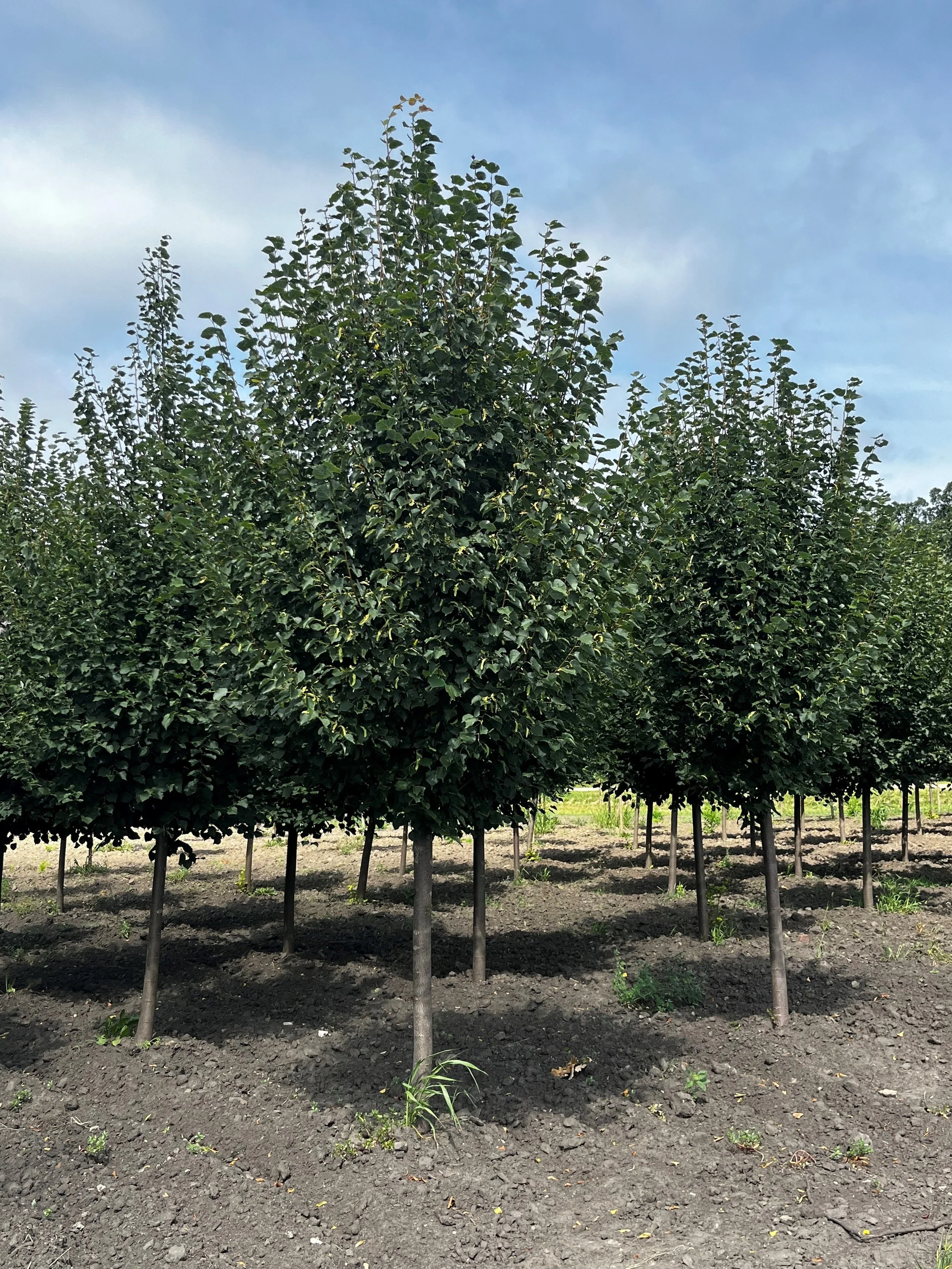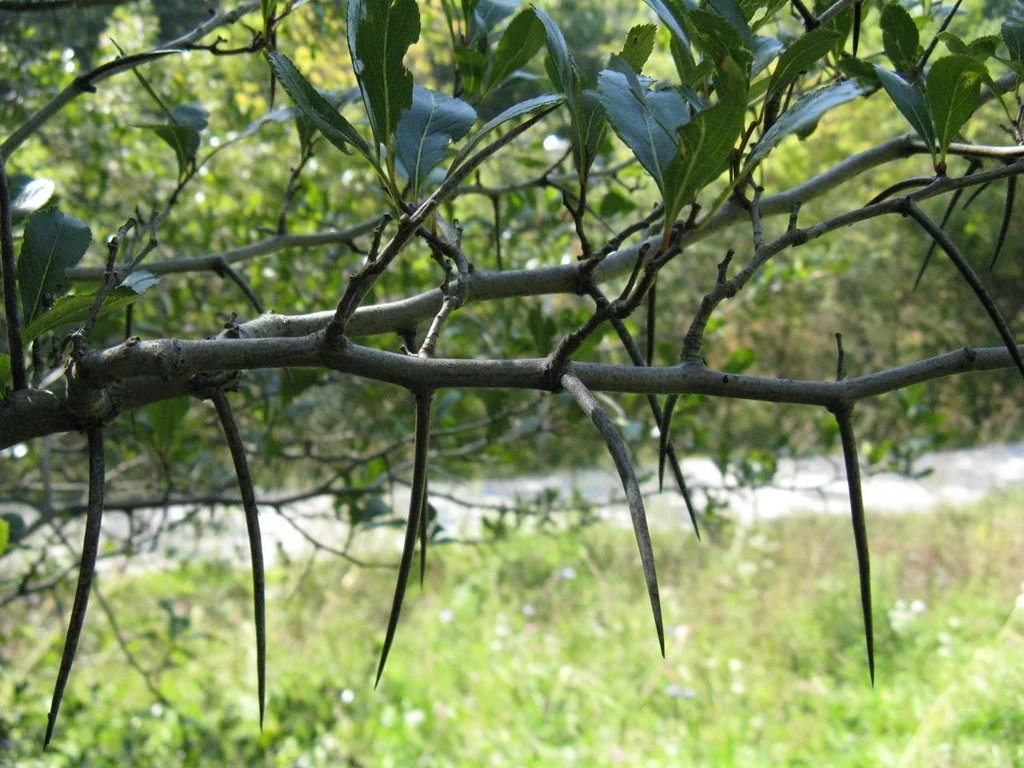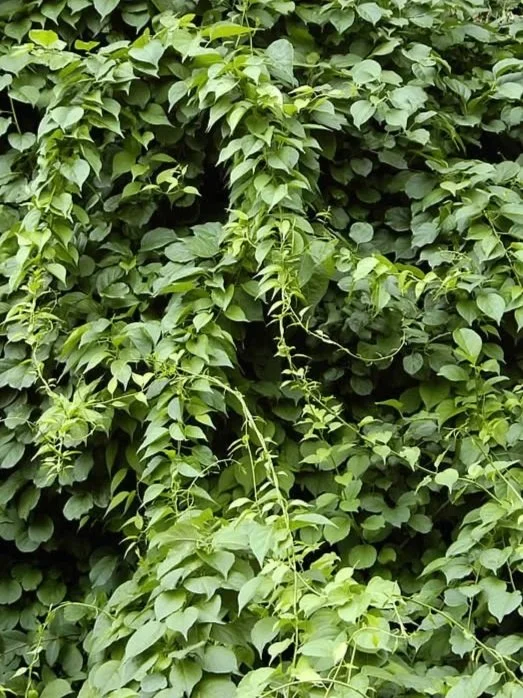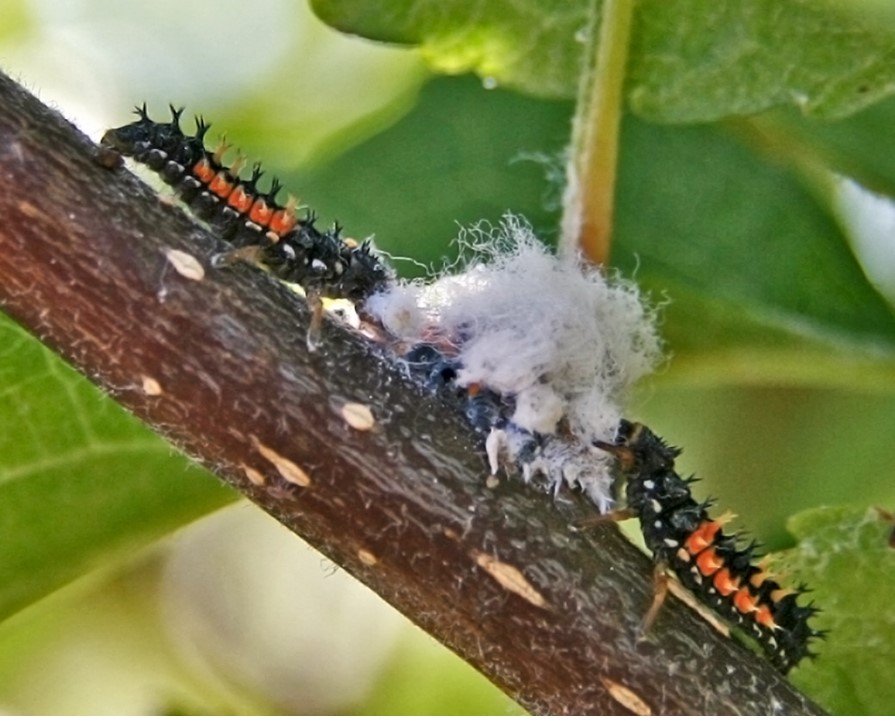Caring for Oaks the Right Way
Quercus alba specimen
Why Oaks Are So Sensitive — and Why Timing Matters for Pruning
Few trees command as much respect in the landscape as oaks. They’re strong, long-lived, and deeply tied to our native ecosystems. But for all their toughness above ground, oaks are surprisingly sensitive below it — especially when it comes to their roots. Understanding what makes them vulnerable and how to time your maintenance work can mean the difference between a thriving tree and one in decline.
Roots That Don’t Like Disturbance
Oak roots grow wide, not deep — often extending two to three times beyond the tree’s dripline. The majority of their fine feeder roots, which handle water and nutrient uptake, live in the top foot of soil where oxygen is available.
That means activities like grading, trenching, heavy equipment use, or even regular foot traffic can cause real harm. When soil becomes compacted, air and water movement are restricted, starving roots and disrupting the delicate balance oaks depend on. Unlike some fast-growing species, oaks don’t easily rebound from this kind of stress — decline can appear years later.
Why Root Damage Hits Oaks Harder
Oaks evolved in stable woodland environments, not compacted lawns or construction sites. Their root systems are slow to regenerate, and they rely on a close partnership with beneficial fungi (mycorrhizae) to absorb nutrients. When those root-fungal networks are damaged or buried under fill soil, recovery is slow — sometimes impossible.
Symptoms often appear gradually:
Thinning canopy
Shortened new growth each season
Dieback at branch tips
Premature fall color or leaf drop
By the time these signs are visible, much of the root damage is already done.
Wait for Leaf Drop Before Pruning
Just as roots dislike disturbance, oaks are sensitive to poorly timed pruning. Late spring through summer is the worst time to make cuts — not only because the tree is actively moving energy, but because this is also when oak wilt can spread.
Pruning in late fall or winter, after leaf drop, helps reduce that risk. The tree is dormant, insect activity is minimal, and pruning wounds can begin to seal naturally before spring growth. Waiting also allows the tree to complete its seasonal carbohydrate storage, so it heads into dormancy fully fueled.
Protecting Oaks in the Landscape
If you’re working near established oaks:
Mark and fence off the root zone — at least as wide as the canopy.
Avoid driving or storing materials under the tree.
Never raise or lower the soil grade around the base.
Schedule pruning for dormancy to minimize stress and disease risk.
These simple steps go a long way toward preserving mature oaks that took generations to grow.
Final Thought
An oak’s strength is deceptive — what looks sturdy above ground depends on a remarkably sensitive network below. Protecting roots and pruning only at the right time honors that natural balance. In return, these trees reward us with decades of shade, structure, and ecological value.
Scroll Down for Spanish Version - Desplázate hacia abajo para la versión en Español
〰️
Scroll Down for Spanish Version - Desplázate hacia abajo para la versión en Español 〰️
Por qué los robles son tan sensibles — y por qué el momento de la poda es tan importante
Pocos árboles inspiran tanto respeto en el paisaje como los robles. Son fuertes, longevos y profundamente ligados a nuestros ecosistemas nativos. Pero a pesar de su fortaleza sobre el suelo, los robles son sorprendentemente sensibles debajo de él — especialmente cuando se trata de sus raíces. Entender qué los hace vulnerables y cómo programar correctamente el mantenimiento puede ser la diferencia entre un árbol vigoroso y uno en declive.
Raíces que no toleran las molestias
Las raíces del roble se extienden a lo ancho, no a lo profundo — a menudo dos o tres veces más allá de la proyección de su copa. La mayoría de las raíces finas, encargadas de absorber agua y nutrientes, viven en los primeros 30 centímetros del suelo, donde hay oxígeno disponible.
Eso significa que actividades como nivelar el terreno, excavar zanjas, usar maquinaria pesada o incluso el tránsito frecuente de personas pueden causar daños serios. Cuando el suelo se compacta, el movimiento de aire y agua se restringe, lo que asfixia las raíces y altera el delicado equilibrio del que dependen los robles. A diferencia de otras especies de crecimiento rápido, los robles no se recuperan fácilmente de este tipo de estrés — el deterioro puede aparecer años después.
Por qué el daño en las raíces afecta más a los robles
Los robles evolucionaron en ambientes boscosos estables, no en jardines compactados ni en zonas de construcción. Su sistema radicular se regenera lentamente y depende de una estrecha relación con hongos benéficos (micorrizas) para absorber nutrientes. Cuando esas redes de raíces y hongos se dañan o quedan enterradas bajo relleno de tierra, la recuperación es lenta — a veces imposible.
Los síntomas suelen aparecer poco a poco:
Copa más rala
Menor crecimiento nuevo cada temporada
Secamiento en las puntas de las ramas
Color otoñal o caída de hojas prematura
Para cuando estos signos son visibles, gran parte del daño a las raíces ya está hecho.
Espera a que caigan las hojas antes de podar
Así como las raíces no toleran las alteraciones, los robles también son sensibles a la poda en momentos inadecuados. Desde finales de primavera hasta verano es el peor momento para cortar — no solo porque el árbol está activo moviendo energía, sino también porque en esa época puede propagarse la marchitez del roble (oak wilt).
Podar a finales del otoño o en invierno, después de la caída de las hojas, ayuda a reducir ese riesgo. El árbol está en reposo, la actividad de insectos es mínima y las heridas de poda pueden empezar a cerrarse naturalmente antes del crecimiento primaveral. Esperar también permite que el árbol complete su almacenamiento estacional de carbohidratos, entrando en dormancia con sus reservas llenas.
Cómo proteger los robles en el paisaje
Si trabajas cerca de robles establecidos:
Marca y cerca la zona de raíces — al menos tan ancha como la copa del árbol.
Evita conducir o almacenar materiales debajo del árbol.
Nunca cambies el nivel del suelo alrededor de la base.
Programa la poda durante la dormancia para minimizar el estrés y el riesgo de enfermedades.
Estos pasos sencillos ayudan mucho a conservar los robles maduros que tardaron generaciones en crecer.
Reflexión final
La fuerza de un roble puede engañar: lo que parece firme sobre el suelo depende de una red sumamente sensible debajo de él. Proteger sus raíces y podar solo en el momento adecuado respeta ese equilibrio natural. A cambio, estos árboles nos recompensan con décadas de sombra, estructura y valor ecológico.
















